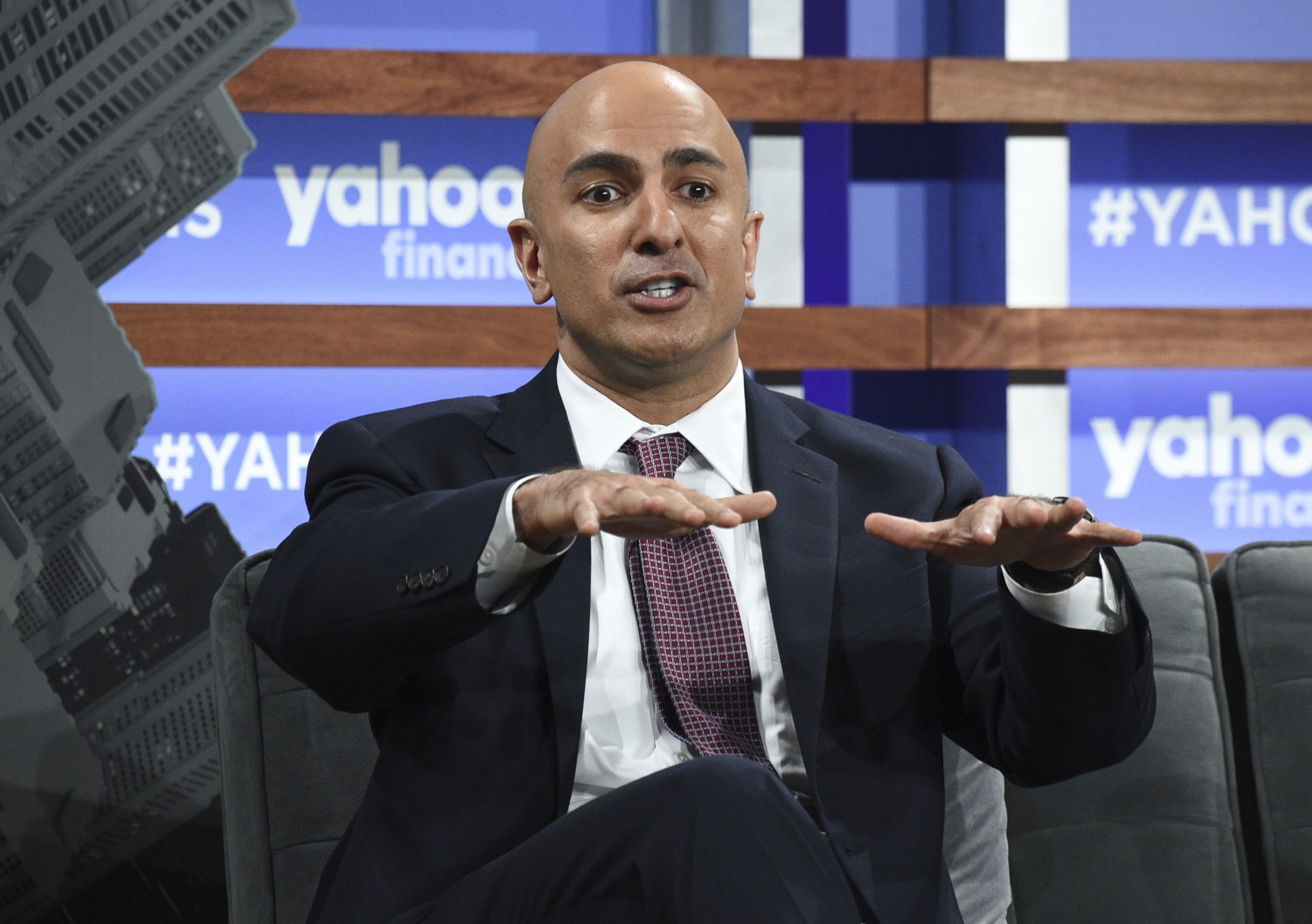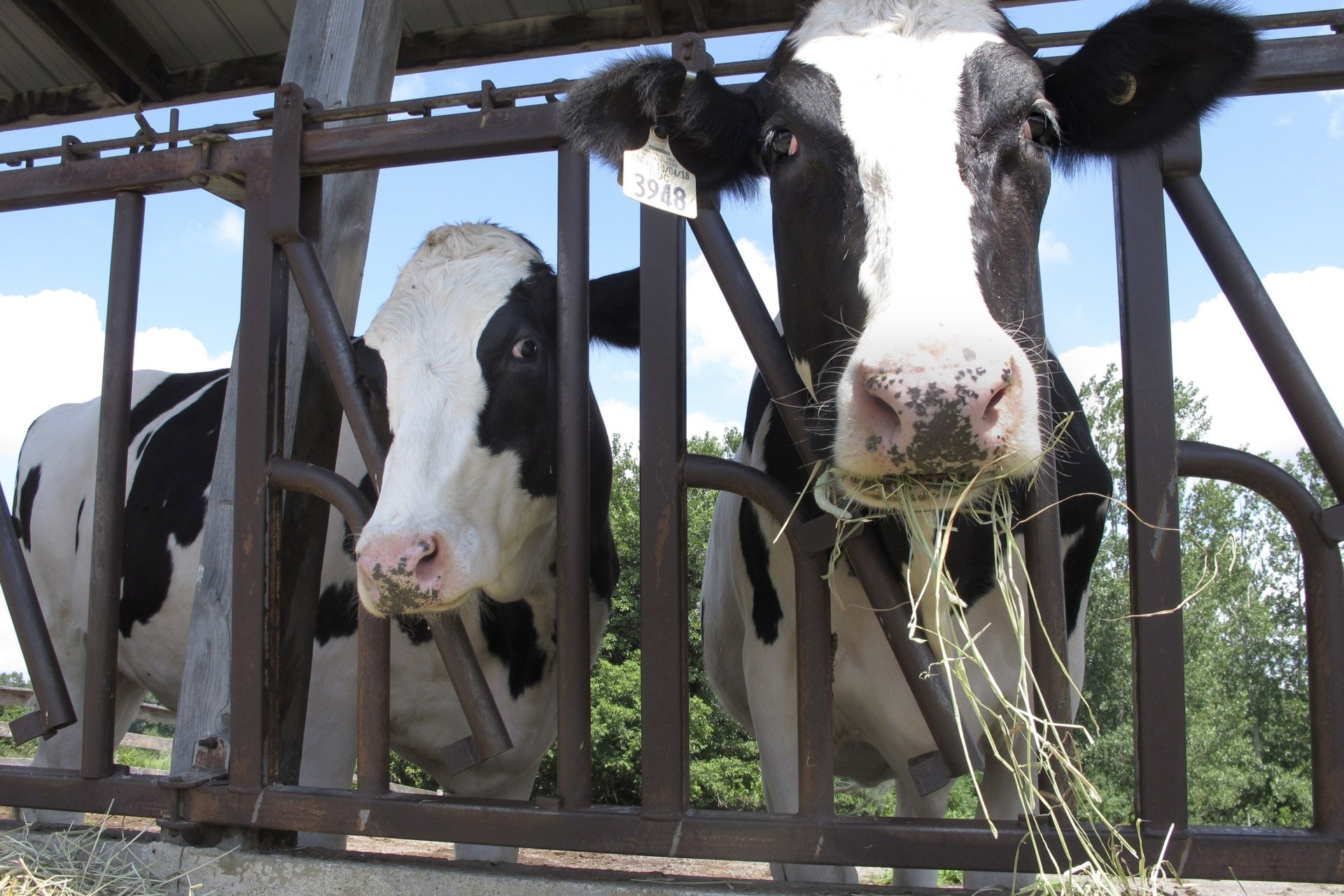U.S. Manufacturing Report Shows Inflation Is Rising
The surge in inflation witnessed in January appears to be more persistent than expected.
When inflation jumped much higher in January, many analysts were quick to write it off as a seasonal fluke or a one-time adjustment to higher wages and a big boost in Social Security benefits. Recent data, however, indicates that inflationary pressures have continued through February.
The Institute for Supply Management said on Wednesday that manufacturing activity contracted for the fourth consecutive month in the U.S. Yet the prices index jumped 6.8 points to 51.3, indicating that prices of raw materials were once again increasing rather than falling as they had in the prior four months.
The flip to rising prices actually started a month ago, when the prices index began to climb. Over the last two months, the ISM prices index has jumped 11.9 percentage points after decreasing 47.7 points between April and December 2022. Half of the top six manufacturing industries reported higher prices in February. Those were petroleum and coal products, computers and electronics, and machinery.
The resurgence of inflation follows the Federal Reserve’s decision to step down the pace of rate hikes—a policy choice that increasingly looks like it was a mistake.
A Half a Point Rate Hike Is Back on the Table
Minneapolis Fed President Neel Kashkari said Wednesday he is “open-minded” about whether the central bank should raise rates by a quarter of a percentage point or a half a percentage point. The thing to watch for, according to Kashkari, is the dot plot.
“I’m open-minded about whether it’s 25 or 50 basis points,” Kashkari said during a question and answer session at a Sioux Falls Business CEO event. “What’s more important is what we signal in the dot plot.”

Minneapolis Federal Reserve President Neel Kashkari speaks the Yahoo Finance All Markets Summit on Oct. 10, 2019, in New York. (Evan Agostini/Invision/AP)
The CME Group’s FedWatch tool says that the prices of fed funds futures now imply a 29 percent chance of a 50 basis point hike when the next Federal Open Market Committee (FOMC) meeting ends on March 22. That’s up from zero a month ago.
Kashkari also tipped his dot plot hand, revealing that he was one of the seven FOMC officials who projected the center of the Fed’s target range would rise above 5.25 percent this year. Kashkari said he penciled in 5.4 percent, making him one of five that were between 5.25 percent and 5.5 percent. Two officials were higher and 12 were lower.
For the record, Kashkari says he has not decided on where his dot will be at the next meeting. But it stands to reason that if he was at 5.4 back when inflation was falling in December, he is likely to be higher now that it appears to be rising once again.
“Given the data in the last month — higher inflation than we expected and a strong jobs report — these are concerning data points suggesting we’re not making progress as quickly as we’d like,” Kashkari told the South Dakotans.
Bostic Seems to Be for a Half Point Hike Too
It’s not just Kashkari. In a comment posted to the website of the Federal Reserve Bank of Atlanta, Fed President Raphael Bostic pushed back against the idea that the Fed will cut rates later this year and said that the Fed’s target needs to be at least a half point higher.
“So, now we must determine when inflation is irrevocably moving lower. We’re not there yet, and that is why I think we will need to raise the federal funds rate to between 5 and 5.25 percent and leave it there until well into 2024. This will allow tighter policy to filter through the economy and ultimately bring aggregate supply and aggregate demand into better balance and thus lower inflation,” Bostic wrote.
Where’s the Beef?
If you have let your subscription to Beef Magazine lapse, you may have missed the news that U.S. beef cattle herds are at their lowest level since 1962 after slipping 3.6 percent last month. In its biannual cattle report, USDA reported that the herd bred specifically for beef stood at 28.9 million head, the lowest total recorded by the agency since 1962.
The farmers will tell you that this will mean even more inflation in beef prices.

Cows on pasture at the University of Vermont dairy farm eat hay on July 23, 2020, in Burlington, VT. (AP Photo/Lisa Rathke)
“To the extent that we’ve got historically low cattle stocks today, that will lead to tighter cattle production, which means potentially higher beef prices,” the University of Kentucky’s James Mitchell told Beef. “From the perspective of cattle producers, this also means higher prices. The recent report from USDA just reinforces a bullish outlook on cattle prices for the next couple of years.”

COMMENTS
Please let us know if you're having issues with commenting.